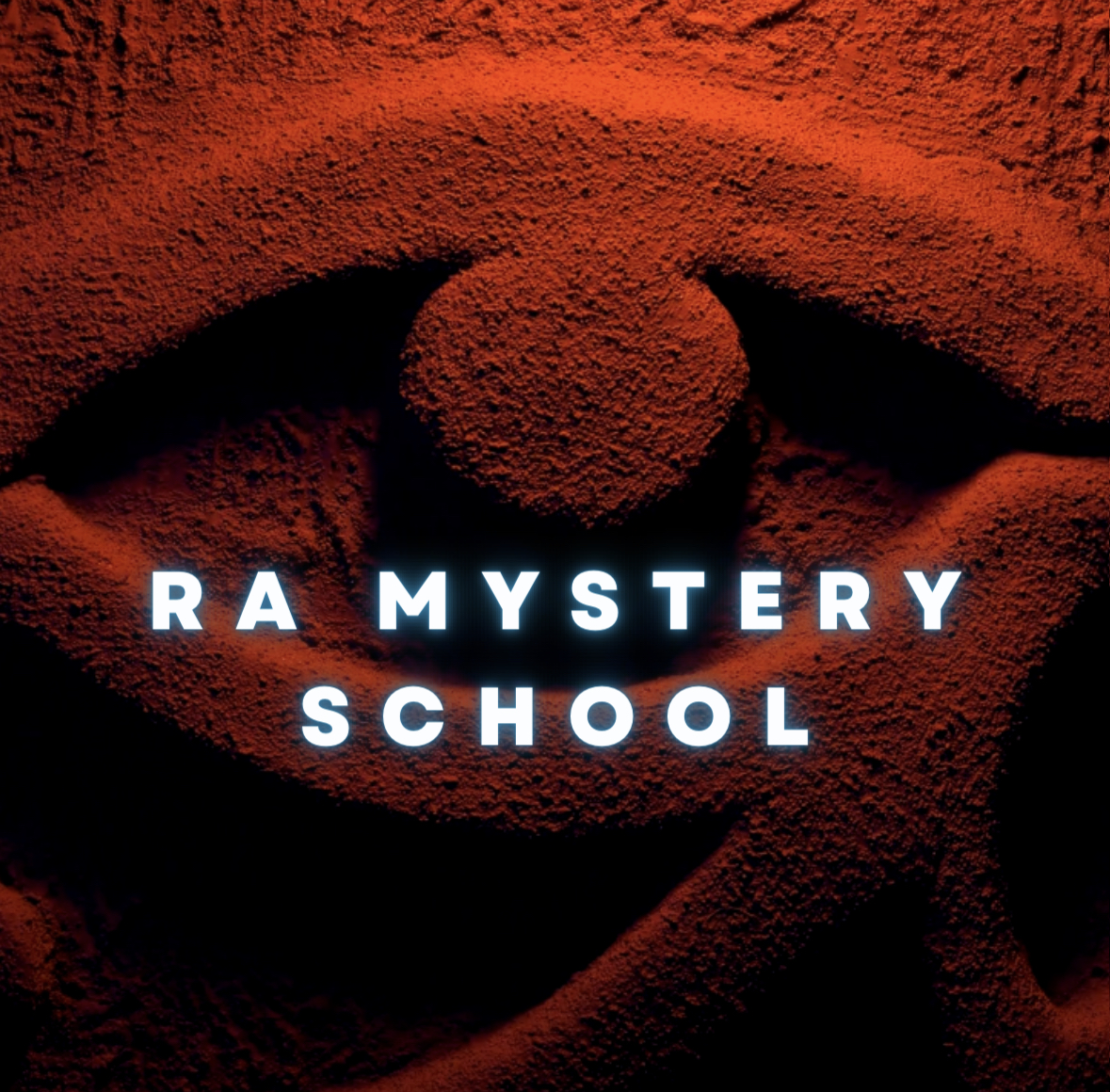El Bawaba Lodge Solo Retreat, Detox And Mentoring 7 Days All Year Round Availability
El Bawaba Lodge Solo Retreat, Detox And Mentoring 7 Days All Year Round Availability
Our Solo Retreat Intensive at El Bawaba Lodge for individuals seeking ancient Egypt pilgrimage, modern living detox and spiritual retreat, education and spiritual awakening. In Arabic El Bawaba is The Gateway, The Gate Keeper, The Portal, and The Star Gate. We have built a temple set against the mythical Theban Hills and the mystery of the Nile, brimming with birdsong, unforgettable sun rise and sun set, and starry nights. It is here we discover the myth of the intrepid soul traveller.
Our Solo Retreat Intensive and Soul Journey Mentoring for individuals seeking authentic pilgrimage, modern life detox and retreat, healing, education and spiritual awakening.
- Clearing dysfunctional Psychology
- Life Vision Evaluation, Soul Purpose Clarification, EQ & IQ Progression, Manifestation
- Ancient Gateways & UNESCO Ancient Monuments
- Wisdom of ancestors, guides, ancient and universal intelligence
Our program includes SEVEN DAILY 50 minutes individual sessions (worth 2100 GBP)
- Comprehensive Soul Contracts Reading
- WoundWeaving & Trauma Reset
- Soul Mentoring
- Meditation and Soul Journey Process to recalibrate Dysfunction
Ash guides your transformation, awakening, evolution and contribution. Each meticulously designed day intensifies healing, increasing soul and spiritual intelligence, unlocking courage and wisdom to create legacy and contribution to humanity and earth.
Private Tour schedule of ancient monuments includes:
- Valley of the Kings, West Bank Luxor
- Valley of Queens, West Bank Luxor
- Luxor Temples, East Bank Luxor
- Karnak Temples, East Bank Luxor
- Temple of Hathor, Denderah, Temple of Hathor and Ma'at, West Bank
- Temple of Seti I, Abydos
- Mortuary Temple of Hatshepsut, West Bank Luxor
Includes
- Breakfast V. VG. GF, LF
- Japanese/English
- Daily room service when requested
- Specialised in-house oil and incense shopping (your expense)
- Luxury Transportation
- Airport transfers
- El Bawaba Lodge Double/Twin based on 2 Sharing
- El Bawaba Lodge and Luxury Retreat supports ceremony, reflection, imagination, healing, prayer, and meditation.
Excludes
- Extra Excursions
- Lunch, dinner & beverages
- 10-20% tipping on all services
- Individual sessions & mentoring
- All personal shopping
- 200 USD tipping fee for ancient sites and support teams
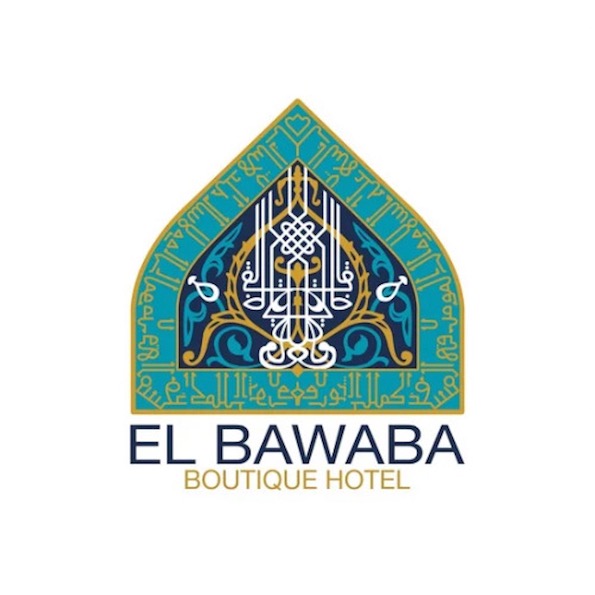
Arrive El Bawaba (early morning Day 1 or preceeding day).
14:00-16:00 Soul Journey Analysis at Valley of The Queens
20:00 Welcome Dinner at El Bawaba
21:00 Sacred Egyptian Gods & Oils as ritual and ceremonial objects for sanctifying sacred architecture for the sacred journey of the soul.
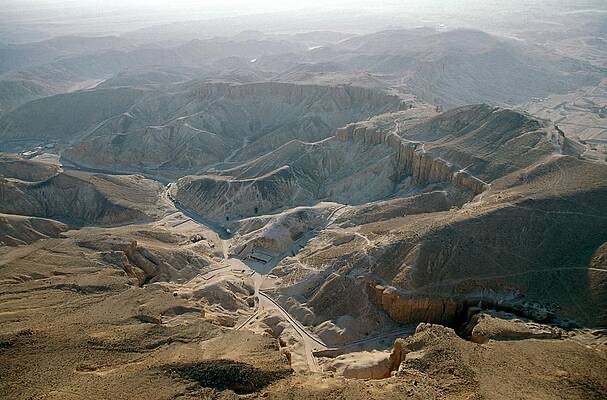
08:00 Breakfast
09:00-09:50 Soul Contracts Reading 50 minutes
10:00-14:00 Valley of Kings with Egyptology, Mysticism, and Soul Contracts. The Valley of Kings-The Valley of the Kings (Arabic: وادي الملوك Wādī al-Mulūk; Coptic: ϫⲏⲙⲉ, romanized: džēme),[1] also known as the Valley of the Gates of the Kings (Arabic: وادي أبواب الملوك Wādī Abwāb al-Mulūk) is a valley in Egypt where, for a period of nearly 500 years from the 16th to 11th century BC, rock-cut tombs were excavated for the pharaohs and powerful nobles of the New Kingdom (the Eighteenth to the Twentieth Dynasties of Ancient Egypt. How Ancient Knowledge and The Journey of the Soul is a quantum-field spiritual science to progress personal and collective evolution.
Tomb visits include Queen Tawsert and Book of Gates. Tomb of Tutankhamun. Tutankhamun is represented as Osiris. When on November 4th, 1922, Howard Carter discovered the almost intact tomb KV62, Tutankhamun, King of Upper and Lower Egypt, Nebkheperure, the Son of Re. In 1922, Tutankhamun becomes a major icon in archaeology. For the first time Egyptologists and the public, were spellbound. He is wearing the Atef crown with a gold-plated uraeus, and in each of his hands he is holding a Nekhakha whip, or flagellum, as signs of his power. His extended beard, with the hooked tip, indicates his status as eternity. Around his neck he has a large Wesekh collar, from which is suspended a Kheper scarab rolling the solar disk in front of it, symbolic of rebirth.
14:30-16:30 Fellucca lunch
17:00-17:50 Soul Mentoring 50 minutes
19:00-20:00 Sacred Jewellery shopping and Soul Journey Ceremony 20:30-21:30 Dinner at El Bawaba
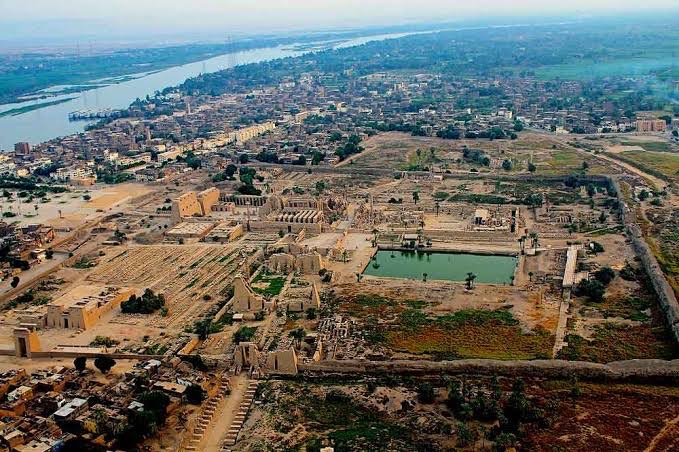
08:00 Breakfast
10:00-15:00 Karnak Temples & Temple of Mut. Explore Time, Gateways and Eternity. Karnak Temples Complex. The massive temple complex of Karnak was the principal religious center of the god Amun-Re in Thebes during the New Kingdom (which lasted from 1550 until 1070 B.C.E.). The complex remains one of the largest religious complexes in the world.
Temple of Ptah, North Gate. Ptah is a very ancient Egyptian god evidenced from at least the Old Kingdom where his cult was located in the Memphis region. At Karnak in Luxor (ancient Thebes), his temple consists of three interconnecting sanctuaries that are, together with Ptah, consecrated to his Memphite triad, which also included Sekhmet and Nefertum. The sanctuaries are preceded by a small portico of two columns and a pylon in the name of Tuthmosis III, who built the core of the temple. It is oriented west-east, like the Temple of Amun.
The Cult of Sekhmet is inseparable from The Eye of Re creation forces, represented by the solar disc and the Daughter of Re. This births sovereign and sacred aspects and their strong duality.
There are other major Goddesses present within Sekhmet. Hathor and Mut, who are Solar Eye Goddesses without feline characteristics despite having one of the Feline Goddesses as an alter ego. These too are essential, magical aspects of Sekhmet.
Some of Sekhmet’s 1000 names are Sekhmet, Great One of Magic, Mother of the Netjeru (Gods), One Who Was Before the Netjeru Were, Lady of The Place of the Beginning of Time, Beloved of Ra, Her Father, Beloved of Bast Her Sister, Beloved of Ptah, Her Husband-Brother At Whose Wish the Arts Were Born, Beautiful Eye Which Giveth Life to the Two Lands, Beautiful Face, Image Most Beloved by Art, Flaming One, Sovereign of Ra, Her Father, Protectress of the Netjeru, Lady of the Scarlet-Colored Garment, Pure One, Destroyer of Rebellions, Eye of Ra, Eye of Heru (Horus).
The Cult of Osiris, The Chapel of Osiris Hek-Djet , East Gate. On the southern wall of this chamber left of the entry into the next room is depicted the seven Osirian doorways, all boxed within one another. To the right of these false doors are several scenes. Here, in the uppermost scene, Shepenwepet is being breast-fed by a Hathor-like deity with a curious hairstyle, and then embraced by Amun. To the left of this is a representation of the symbol of the nome of Abydos where the temple of Osiris is located.
Trauma Clearing Intensive 50 minutes and Soul Mentoring at Karnak Temples
The wisdom of Sekhmet & Ptah, Illumination & Deification, Temple of Ptah.
The revolutionary wisdom of Tree of Life containing 7 Keys of Life, 7 gates protected and witnessed by Guardians God Thoth & Goddess Sekesh, The Temple of Osiris.
Lessons on Soul Aspects, Ka, Ba, Akh, The AkMenu
A Ceremony of Time, Temple of Mut
Dinner El Bawaba 20:00
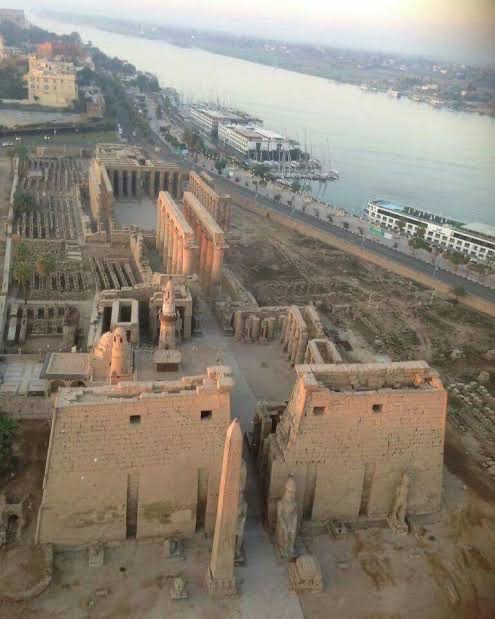
08:00 Breakfast
09:00-09:50 Soul Mentoring Session
10:00-14:00 Luxor Temple. Constructed over hundreds of years by Amenhotep III, Ramses II, Tutankhamun, and other pharaohs, Luxor Temple was a large and significant religious center in ancient Egypt. In what was then Thebes, Luxor Temple was “the place of the First Occasion,” where the god Amon experienced rebirth during the pharaoh’s annually reenacted coronation ceremony. Today, remains of this vast complex include the colossal Great Colonnade Hall, almost 61 meters long, with 28 twenty-one-foot-high columns, its decoration largely undertaken by Tutankhamun around 1330 B.C. René Adolphe Schwaller is famed for his work on Temple of Man. R. A. Schwaller de Lubicz's masterwork is the culmination of his exhaustive 12-year study at the great temple of Amun-Mut-Khonsu at Luxor, which is revealed to be an architectural encyclopedia of humanity and the universe.
The Journey of The Soul. This journey will explore the regeneration of soul aspects for magnificent existence to recalibrate intelligence, human potential and presence.
14:30-15:00 Lunch at El Bawaba
15:00-19:00 Solo Retreat Journal and Mentoring with Meditation Practices
19:00-20:00 Dinner at El Bawaba
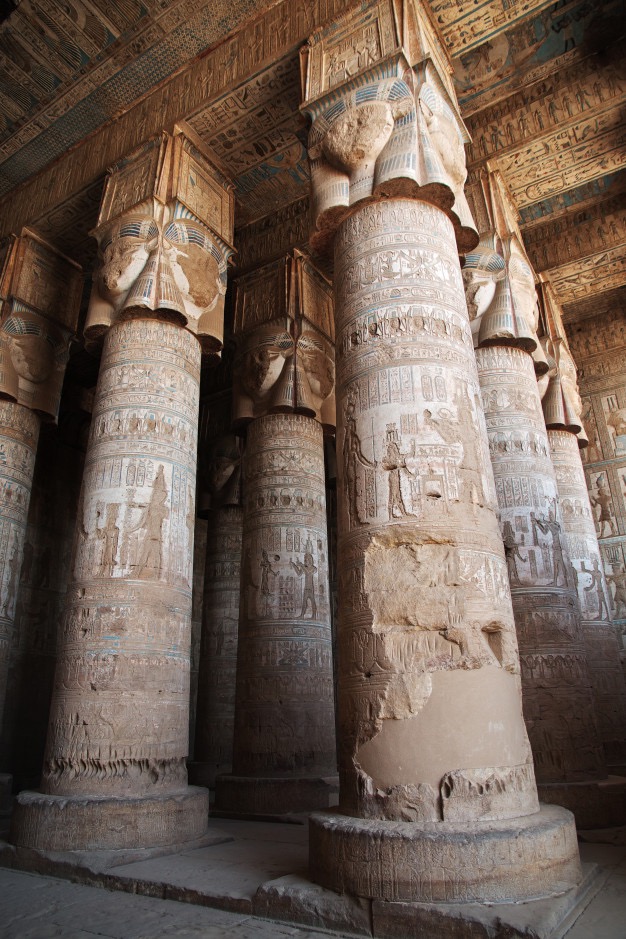
08:30 breakfast
09:30-15:00 Temple of Hathor. Awakening Goddess & Eternity, Time, Central Sun Prophesy & Evolution Science.
Temple of Hathor, Denderah, is a Greco-Roman temple complex known in ancient Egyptian as Iunet or Tantere. The modern Arab town is built on the ancient site of Ta-ynt-netert, which means 'She of the Divine Pillar.
The Dendera zodiac is a Egyptian bas-relief from the ceiling of the pronaos (or portico) of a chapel dedicated to Osiris in the Hathor temple at Dendera, containing images of Taurus (the bull) and Libra (the scales). This chapel was begun in the late Ptolemaic period. Detailed prophesy on a united, global written ancient record of The Awakening. Denderah is an ark library of humanity’s creation story and evolution map of accurate prophesy. The Dendera zodiac is a Egyptian bas-relief from the ceiling of the pronaos (or portico) of a chapel dedicated to Osiris in the Hathor temple at Dendera, containing images of Taurus (the bull) and Libra (the scales). This chapel was begun in the late Ptolemaic period. Detailed prophesy on The Awakening of Humanity.
Soul Contracts Reading 50 minutes at Temple of Hathor, Denderah
13:00 Packed Lunch
19:00 Dinner at El Bawaba
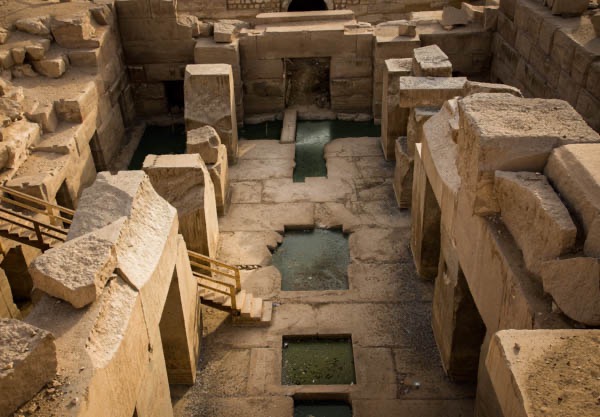
08:00 Breakfast
09:00-16:00 Temple of Seti I, Abydos.
Knowing Eternity & Calling The Ancestors
The Temple of Seti I is a masterpiece that unveils sacred mysteries of the embodiment of soul and sacred intelligence within illumination cycles of incarnation and eternity. The ancient Egyptians transferred monumental soul and evolution intelligence and science in sacred architecture that protected sacred journeys of the soul. The monuments are arks of an incredible knowledge foundation of human history and evolution.
The temple of Seti I was built on entirely new ground half a mile to the south of the long series of temples. This surviving building is best known as the Great Temple of Abydos, being nearly complete and an impressive sight. A principal purpose of the temple was to serve as a memorial to king Seti I, as well as to show reverence for the early pharaohs, which is incorporated within as part of the "Rite of the Ancestors". The oldest known examples of the Flower of Life is Abydos, Egypt. Most archaeologists maintain that they are at least 6,000 years old. The Flower of Life in Abydos in The Osirion appears that it was not carved into the granite but instead may have been lasered into the granite with precision. It represents the Eye of Ra, a the gateway to eternity and the journey to our original spiritual essence and original purpose of incarnation.
13:00 Packed Lunch
19:00-20:00 Dinner El Bawaba Retreat Hotel
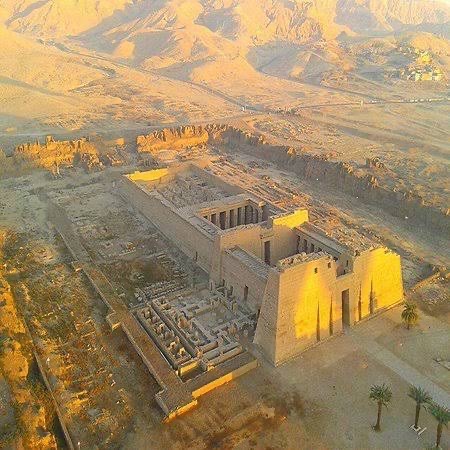
09:00 Breakfast
10:00-10:45 Session includes Soul Purification and The Creation Story
11:00-13:00 Medinet Habu Temple, Creation Story Fieldwork. Tracking and initiating planetary star-gates of importance in our human origins and ceremonial gateways of deification.Embodying the Ogdoad (Creation Gods) and science of evolution, existence and incarnation that revolutionises
Medinet Habu was known as Djanet and was the place were Amun first appeared. Both Hatshepsut and Tuthmosis III built a temple dedicated to Amun here and Later Rameses III constructed his larger memorial temple on the site. The ancient Egyptian name for the region is iꝫt ṯꝫmt or Iat Tjamet (which morphed later into Iat Djamet). This means Mound of Tjamet (or Djamet).
Amun is the Hidden One, or the One Who Conceals Himself. He’s often represented in an ithyphallic form (a male figure with an erect phallus). This iconography begins in the Middle Kingdom – there are examples on the White Chapel of Senwosret I at Karnak. In order to understand the myth of Amun we must first explore the Hermopolitan creation myth. The Egyptian name for the town of Hermopolis is Khemnuwhich means “Eight Town”. The eight in this context are the Ogdoad who are a group of eight creator deities – Nun & Naunet, Heh & Hauhet, Kuk & Kauket, Amun & Amaunet. Each pair is a male and female pair. Each pair of deities has a different association – Nun & Naunet are water, Heh & Hauhet are infinity, Kuk & Kauket are darkness and Amun & Amaunet are hiddenness.
Amun is contains extreme divine, alchemical, and reincarnation power. By the 12th Dynasty Amun’s name incorporates Re as Amun-Re (for instance in the White Chapel of Senwosret II), and as far back as the reign of Intef II (who ruled as part of Dynasty 11 before Montuhotep II reunited the country) there are signs of a linkage between Re and Amun. The ithyphallic form is also linked to Min (a fertility deity). But Gahlin said that more importantly this iconography is linked to a form of Amun-Re called Ka-mut-ef, which means “bull of his mother” or “he who fashioned himself”. This form has black skin due to the associations between black (as in the colour of the soil of the Nile Valley) and fertility. The thinking behind this name & form of the god is that Amun is so virile that he impregnated his own mother. As well as fertility this links the deity strongly to kingship. Each king is the son of the previous king, and each king is seen as incarnation of eternal kingship. This means that the king becomes the bull of his mother – impregnating his wife so that she gives birth to the next incarnation of himself.
During the 18th Dynasty the Theban priesthood create a mythology that raises Amun to the pinnacle of the gods. Amun is referred to as Amun the Great Honker. This form of Amun is a goose and his honking acts as the catalyst for creation. The sound waves produce the energy to create the primordial mound and thus the whole universe. Amun the goose might be male, but he is also sometimes said to lay the egg from which the universe hatches – sometimes he also impregnates this egg as a ram-headed sphinx. In this particular version of the myth the Mound of Tjamet (or Djamet) is the actual real place where the world came into being – it’s also the place where the Ogdoad (including Amun) are buried after they have created the world.
During Hatshepsut’s reign there is a movement centred on Amun. The Amun Temple begins in her reign, and we see Amun as this red-skinned ithyphallic progenitor deity in the decoration that was completed in her reign. The Deir el Bahri Divine Birth scene is a part of this theme as well, with Amun becoming overtly involved in creating the new king (Hatshepsut).
Interesting features- The Gods Wives & Queen Hatshepsut's metamorphosis to King. Queen Hatshepsut adopts and initiates Moses at the Temple of Amun. From the reign of Tutankhamun onward Amun has blue skin, and before this he had red skin. He’s a celestial deity as well as a deity of kingship – his titles include the title of “lord of the Two Lands” just like the king. His feather headdress is full of symbolims – Gahlin said that the two feathers represent duality, and the seven segments of the feathers are another symbol of totality as they are thought of as three plus four. In his representations at the Small Temple he’s shown as both this anthropomorphic deity with a two-feather headdress and as an ithyphallic deity – and the earliest depictions have red skin because this is before the reign of Tutankhamun.
Trauma Reset Intensive 50 minutes at Medinet Habu Temple
19:00 Farewell Dinner at El Bawaba Retreat Hotel
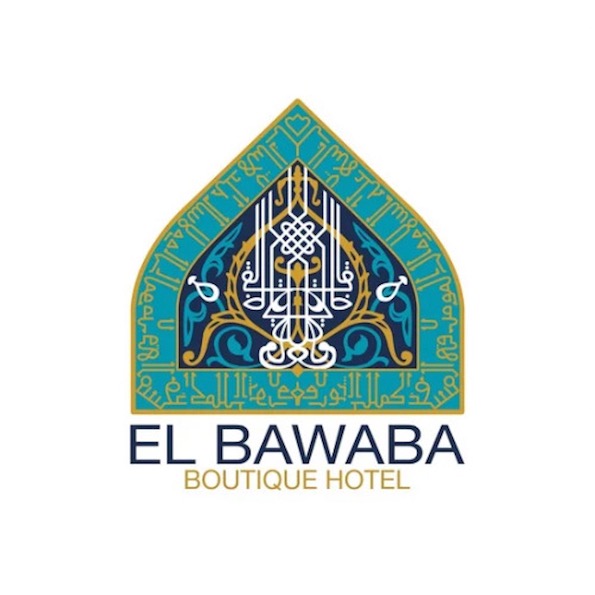
Departure Luxor International Airport. Bon Voyage!
